From Bangladesh and Pakistan drawing closer to Afghanistan seeking ties with India, the political landscape in South Asia is becoming more complex.
That is the opinion of Dr. Chietigj Bajpaee, senior researcher on South Asia at the Asia-Pacific Program of Chatham House - a public policy research institute based in London (UK) in a new article published in the SCMP newspaper.
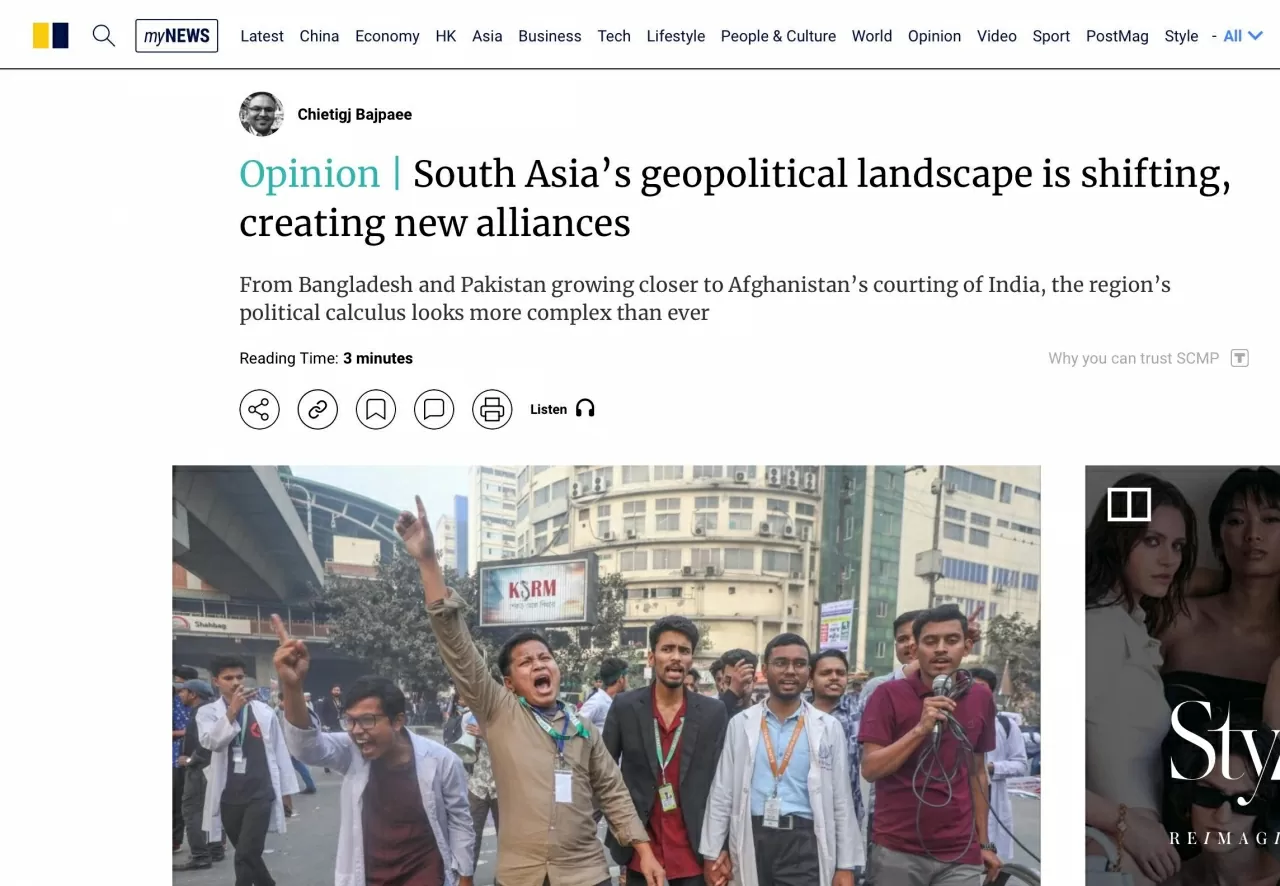 |
| Dr. Chietigj Bajpaee's article was published in SCMP on February 3. (Screenshot) |
Bangladesh-Pakistan closer together
According to Dr. Chietigj Bajpaee, in just 6 months, the geopolitical landscape of South Asia has undergone profound changes. Bangladeshi Prime Minister Sheikh Hasina left the stage of power in August 2024. China and India reached a border agreement after months of tension in October 2024. India's Deputy Foreign Minister met with Afghanistan's Acting Foreign Minister in Dubai in January 2025.
These developments also indicate a shift in geopolitical alliances in the region.
Former Bangladeshi Prime Minister Sheikh Hasina was a key partner of India. Her departure has created an opportunity for Pakistan – New Delhi's "arch-rival" – to increase its influence in Dhaka.
Bangladesh has eased visa requirements for Pakistani citizens, established a direct shipping route between Karachi and Chittagong ports, and eased bilateral trade restrictions. Notably, Bangladesh will participate in Pakistan's Aman naval exercise in Karachi in February 2025.
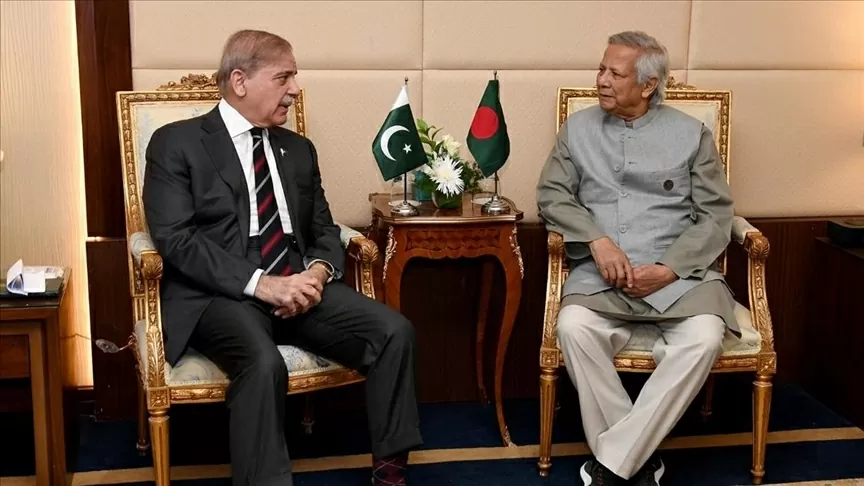 |
Pakistani Prime Minister Muhammad Shehbaz Sharif (L) meets with Bangladesh's interim government leader Muhammad Yunus on the sidelines of the 11th D-8 Economic Cooperation Summit in Cairo, Egypt, on December 19, 2024. (Source: X) |
The rapprochement has also been evidenced by a series of high-level contacts between Dhaka and Islamabad. Pakistan’s Deputy Prime Minister and Foreign Minister Mohammad Ishaq Dar is scheduled to visit Bangladesh this month, following a visit by Pakistan’s Inter-Services Intelligence (ISI) chief Asim Malik last month.
Earlier, several meetings took place between Bangladesh's interim government leader Muhammad Yunus and Pakistani Prime Minister Shehbaz Sharif.
Although it is difficult to view Dhaka's relations with New Delhi and Islamabad in terms of "win-lose", these developments are enough to see a clear change in Bangladesh's foreign policy, said expert Bajpaee.
This is particularly a turning point for Pakistan, which has been negatively viewed in Bangladesh due to its bloody separatist war in 1971. Under the Hasina government, opposition parties such as Jamaat-e-Islami have been closely monitored because of their historical ties to Pakistan.
Yet, these same forces are now part of or supporting the interim government of Bangladesh.
China-India border less "hot"
According to Dr. Chietigj Bajpaee, the border agreement between China and India has helped ease tensions after a serious clash in 2020. The main content of the agreement includes resumption of patrols and grazing rights in two disputed areas in eastern Ladakh and Aksai Chin.
During a meeting on January 8, Indian Deputy Foreign Minister Vikram Misri and Chinese Deputy Foreign Minister Sun Weidong also discussed reviving “people-centered” initiatives. However, Mr. Bajpaee pointed out that this agreement still does not resolve the long-standing border dispute between the two countries.
Neither Beijing nor New Delhi has given up its claims to much of the territory, and has yet to reach an agreement on the western boundary, known as the Line of Actual Control (LAC). Both sides currently maintain significant troop presence along the border with no sign of a drawdown.
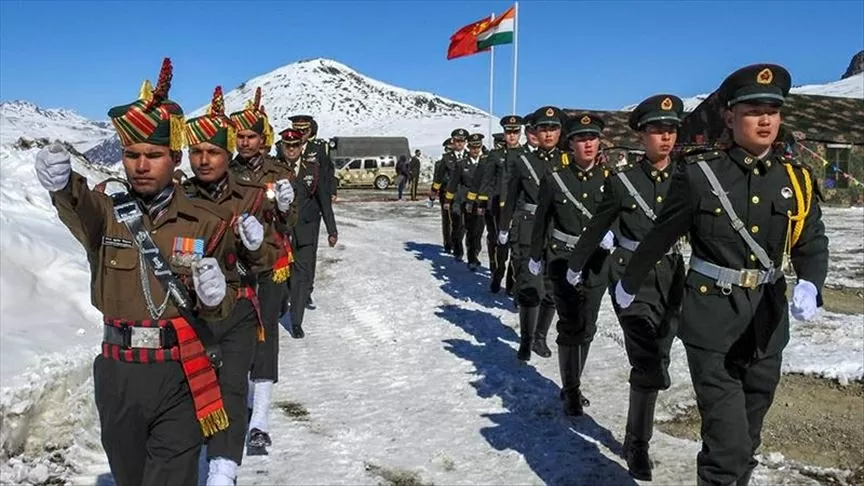 |
| The border agreement between China and India helped ease tensions after the 2020 clash. (Source: Anadolu) |
The agreement also does not address other disputed areas or sensitive issues such as water disputes, so tensions could flare up as China plans to build the world’s largest hydroelectric dam on the Yarlung Tsangpo (Brahmaputra) River, which flows through both countries.
Above all, Mr. Bajpaee commented that despite many limitations, the border agreement shows that both Beijing and New Delhi are clearly aware of the need to establish mechanisms to control bilateral relations, in the context that the two countries are facing urgent challenges both domestically and internationally.
China’s recent efforts to ease tensions with its neighbors, including India and Japan, show that Beijing is seeking to stabilize the region ahead of a deeper strategic competition with the United States, especially as President Donald Trump returns to the White House for a second term, Bajpaee stressed.
Besides, for India, reducing border tensions is a prerequisite to promote economic cooperation with China, especially when New Delhi is well aware that its ambition to become a global manufacturing center is unlikely to come true without imported components and raw materials from its neighboring country of a billion people.
India-Afghanistan: "Ice melts" after "cold"
According to the South Asia expert, the meeting between Indian Deputy Foreign Minister Vikram Misri and Afghan Acting Foreign Minister Amir Khan Muttaqi on January 8 recently marked a step forward in the process of mending relations between New Delhi and Kabul since the Taliban took control of the country.
This is also the first high-level contact between the two countries since 2021.
During the meeting, the Indian Deputy Foreign Minister affirmed his country's commitment to regional development, trade and humanitarian cooperation, as well as the agreement to resume development projects and assistance in the fields of health and refugees in Afghanistan.
Mr. Misri also highlighted the long-standing India-Afghanistan friendship and strong people-to-people links, and affirmed New Delhi's readiness to meet the urgent development needs of the Afghan people.
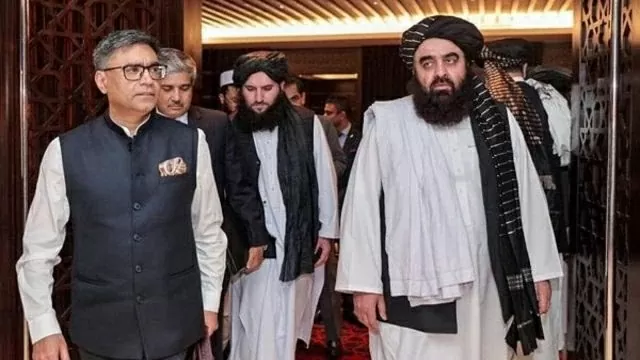 |
| Indian Deputy Foreign Minister Vikram Misri (left) and Taliban Acting Foreign Minister Amir Khan Muttaqi during a meeting in Dubai on January 8. (Source: X) |
In November 2024, the Taliban government appointed an acting consul in Mumbai, following the move to reopen the Indian Embassy in Kabul in 2022.
Previously, New Delhi had always maintained its distance from the Taliban due to its extremist ideology and close ties with the Pakistani military and intelligence services. Islamabad had viewed Afghanistan as a “strategic depth” in its rivalry with India.
However, Mr. Bajpaee affirmed that the South Asian landscape is changing as Afghanistan has now become more of a "burden" than an advantage for Pakistan, as evidenced by a series of recent border clashes between the two countries.
In addition, India remains wary of the Taliban, especially after attacks on its citizens in Afghanistan, notably the bombing of the Indian Embassy in Kabul in 2009 and the attack on the Consulate in Herat in 2014.
The calculation behind
According to Mr. Bajpaee, recent developments in South Asia are reflecting broader strategic calculations.
Bangladesh's foreign policy adjustment is a consequence of a long-standing identity crisis, in which the country's politics constantly oscillate between opposing national identities.
In Afghanistan, the Taliban government is also trying to escape its international isolation. Kabul wants New Delhi to join a network of development partners with China and Russia, especially in the context of the Trump administration's announcement to end foreign aid.
For New Delhi, the Taliban is seen as a “less serious threat” than extremist organizations such as the self-proclaimed Islamic State (IS).
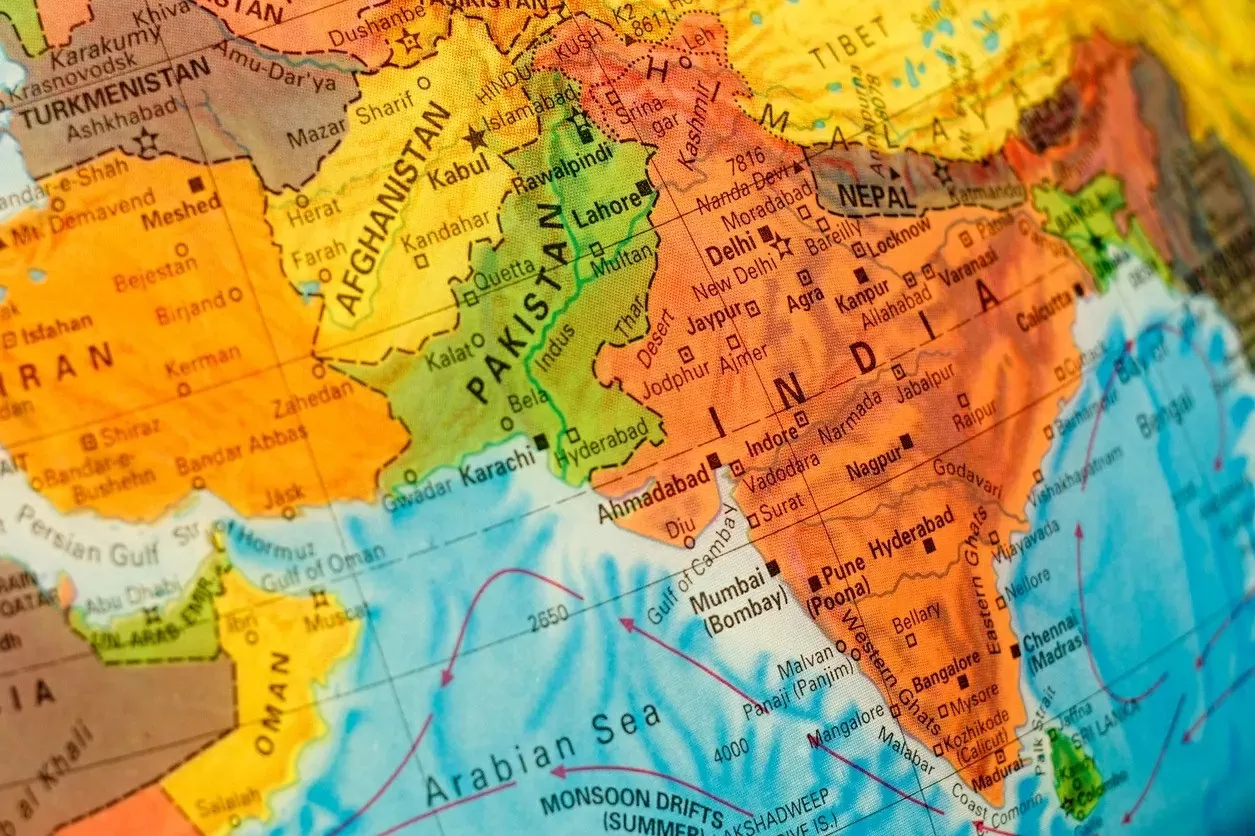 |
| South Asia is witnessing a reshaping of regional relations. (Source: Asia Times) |
As a country that shares borders with all the countries in the region, India is affected by these developments in a double whammy. On the one hand, deteriorating relations with Bangladesh could hamper New Delhi’s Act East policy, making it difficult for it to engage economically and connect with Southeast Asia. On the other hand, improving relations with Kabul would help India advance its larger strategic goal of strengthening its connectivity with Central Asia, Bajpaee said.
In short, South Asia is witnessing a reshaping of regional relations. Bangladesh is moving closer to Pakistan, while seeking a more balanced relationship with India. Conversely, Afghanistan is moving closer to India while seeking to maintain a balance with Pakistan.
In particular, China is seeking to stabilize its neighboring regions to focus on dealing with the US - an opponent considered the main threat to the security and prosperity of this country of one billion people.
It can be said that the balance of power in South Asia continues to shift in unpredictable directions, not only affecting individual countries but also shaping the future of the entire region.
(*) Prior to joining Chatham House, Dr Chietigj Bajpaee was a political risk advisor for Asia at Norwegian energy giant Equinor.
Dr. Bajpaee has worked on Asia, especially South Asia, at organizations such as Control Risks, IHS Markit (now S&P Global), the Center for Strategic and International Studies (CSIS) in Washington DC and the International Institute for Strategic Studies (IISS). He has also been a visiting fellow at the Manohar Parrikar Institute for Defence Studies and Analyses, Vivekananda International Foundation in India.
Source: https://baoquocte.vn/ban-do-dia-chinh-tri-nam-a-dang-thay-doi-lien-minh-moi-va-cuoc-choi-quyen-luc-303074.html






























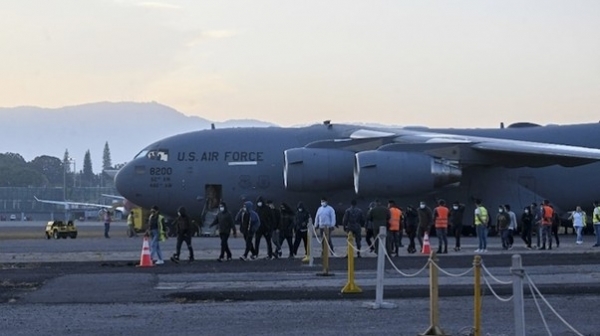

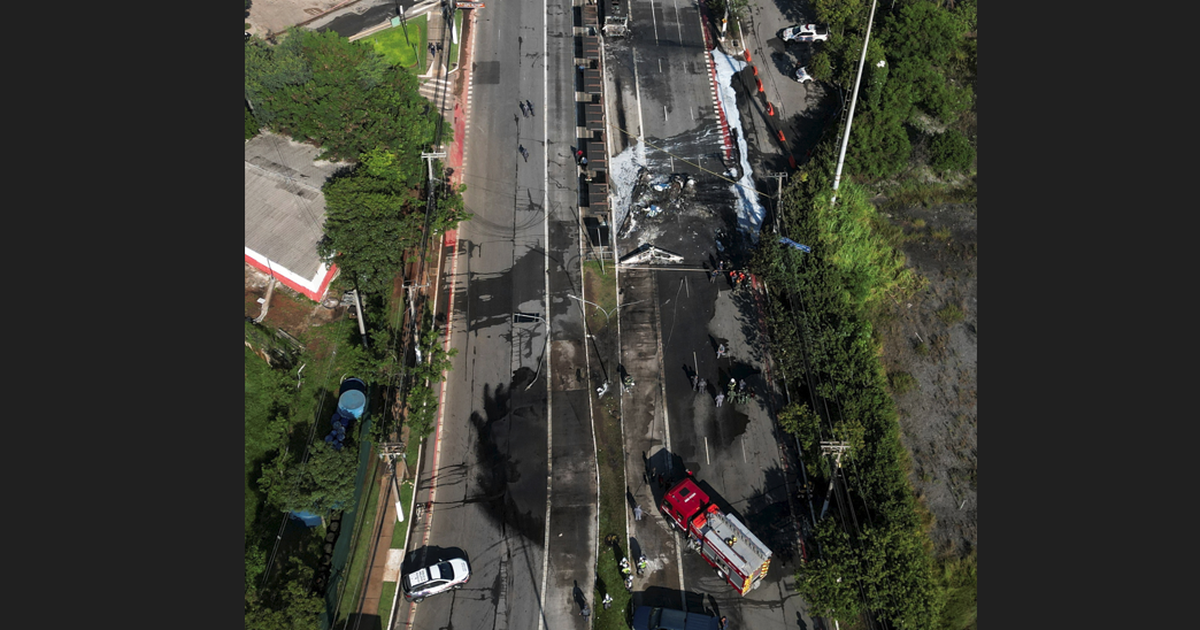



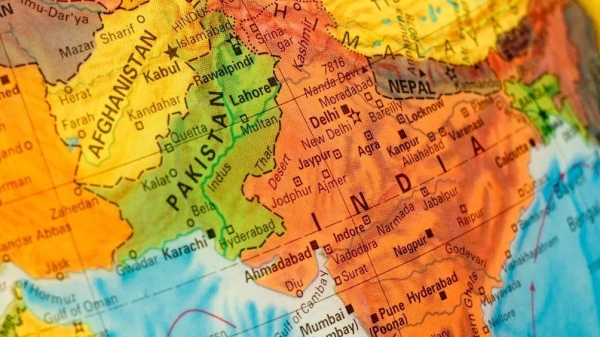
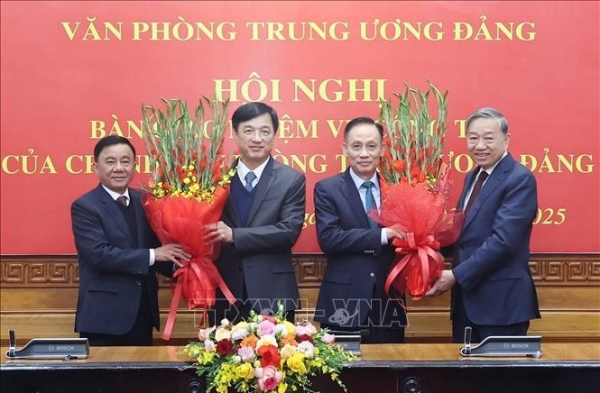



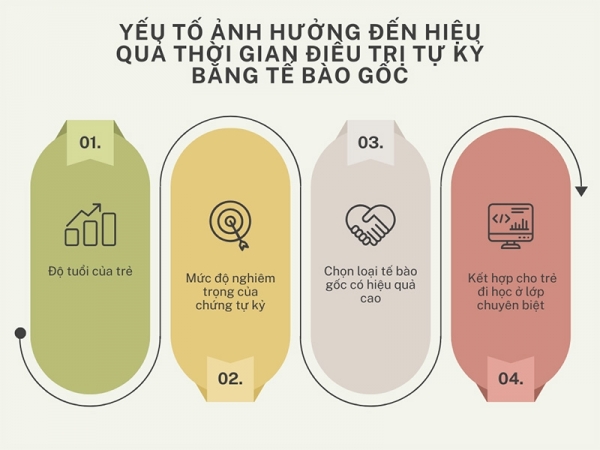
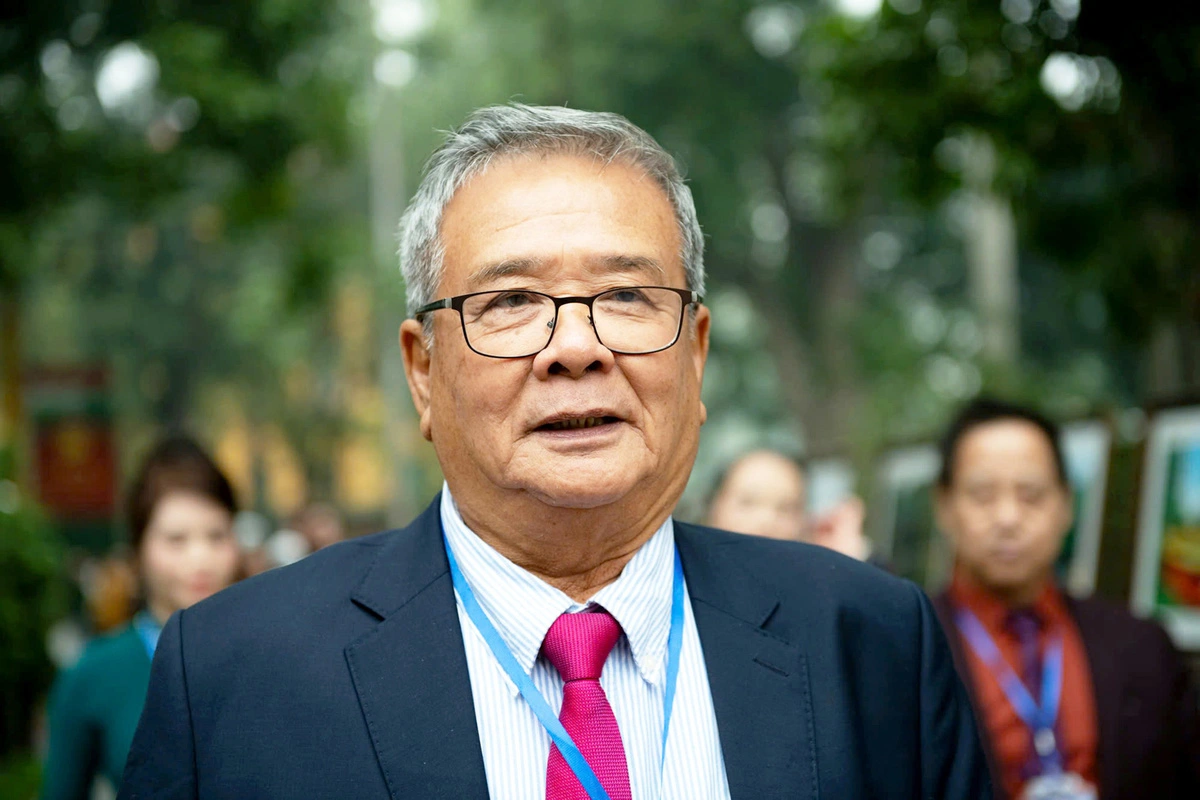




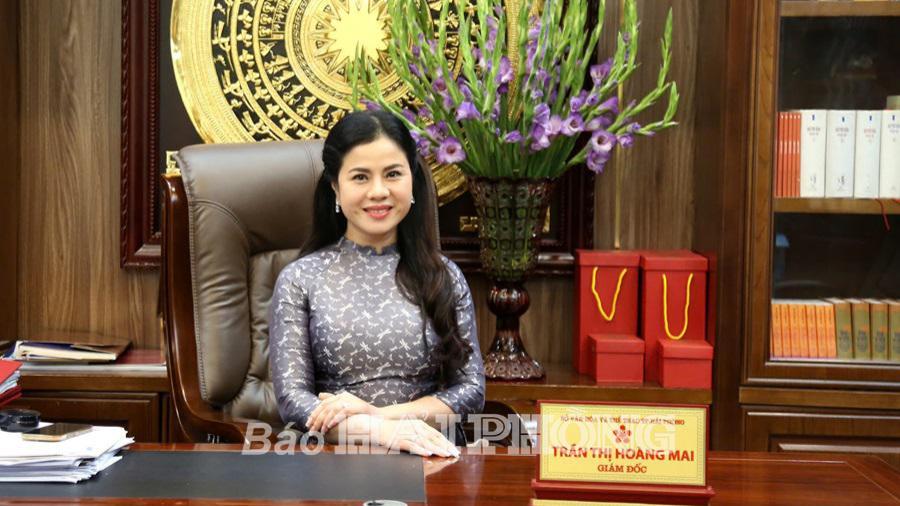







Comment (0)